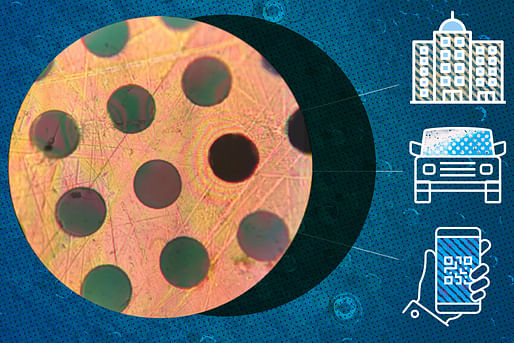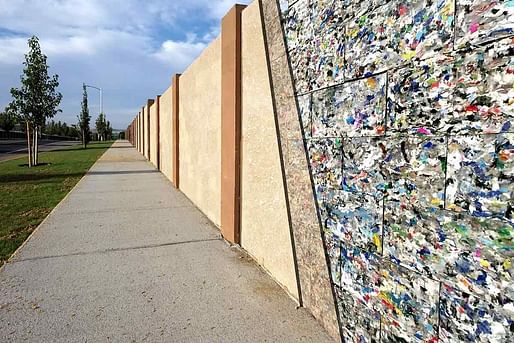

Chemical engineering researchers at MIT have announced the creation of a new material that is “stronger than steel and as light as plastic, and can be easily manufactured in large quantities.” The material, for which the team has filed two patents, may one day be used as a structural material for buildings and infrastructure.
The new material centers on breakthroughs in the binding of polymers; micro chemical substances composed of molecules that form the building blocks for modern artificial minerals and plastics. Polymers typically bind together in spaghetti-like chains or strings, which can be artificially shaped into three-dimensional objects.
However, MIT’s research has uncovered a means of binding polymers not as linear strings, but as two-dimensional sheets or planes, a feat previously thought impossible after decades of research.
“We don’t usually think of plastics as being something that you could use to support a building, but with this material, you can enable new things,” says Michael Strano, a Professor of Chemical Engineering at MIT. “It has very unusual properties, and we’re very excited about that.”

The new two-dimensional sheets, called polyaramides, use carbon and nitrogen atoms as their building blocks. Under the right conditions, these atoms can grow into two-dimensional disks held together by hydrogen bonds, resulting in a highly stable, strong but lightweight material.
“This mechanism happens spontaneously in solution, and after we synthesize the material, we can easily spin-coat thin films that are extraordinarily strong,” Strano continues. “With this advance, we have planar molecules that are going to be much easier to fashion into a very strong but extremely thin material.”
Strano’s team found that the new material is between four and six times more robust than bulletproof glass in a measure of how much force is needed to deform the material. The amount of force required to break the material is also twice that of steel, despite it holding only approximately one-sixth of steel’s density.

As the polymers within the material lock together as disks as opposed to the usual coiled chains, the new material is also impermeable to gases, suggesting it could be used as an ultrathin coating to prevent water or gas contacting steel structures.
The team will now continue to investigate the potential to manufacture the material at an industrial scale.
News of the breakthrough comes one week after we featured a new building product heralded by its creators as “the first construction-grade building product made entirely of recycled, and often un-recyclable, plastic waste.” Named ByBlock, and created by startup ByFusion, the interlocking blocks use the same principles as LEGO to lock together, forming elements such as boundary walls, facades, and furniture.
MIT is also one of many academic institutions to announce other recent breakthroughs in material science. Last month, we covered ETH Zurich’s unveiling of a 3D printed foam that uses 70% less concrete than traditional formworks, while late last year, researchers at the University of Tokyo unveiled a new building material made from recycled concrete and carbon dioxide.
3 Comments
No more plastic!!! It is killing us all.
What are these researchers doing to ensure unethical companies don't lie to us, selling us on the merits while burying the drawbacks until it's too late? We've been here before. I hope we have learned something.
wonderful news
Block this user
Are you sure you want to block this user and hide all related comments throughout the site?
Archinect
This is your first comment on Archinect. Your comment will be visible once approved.